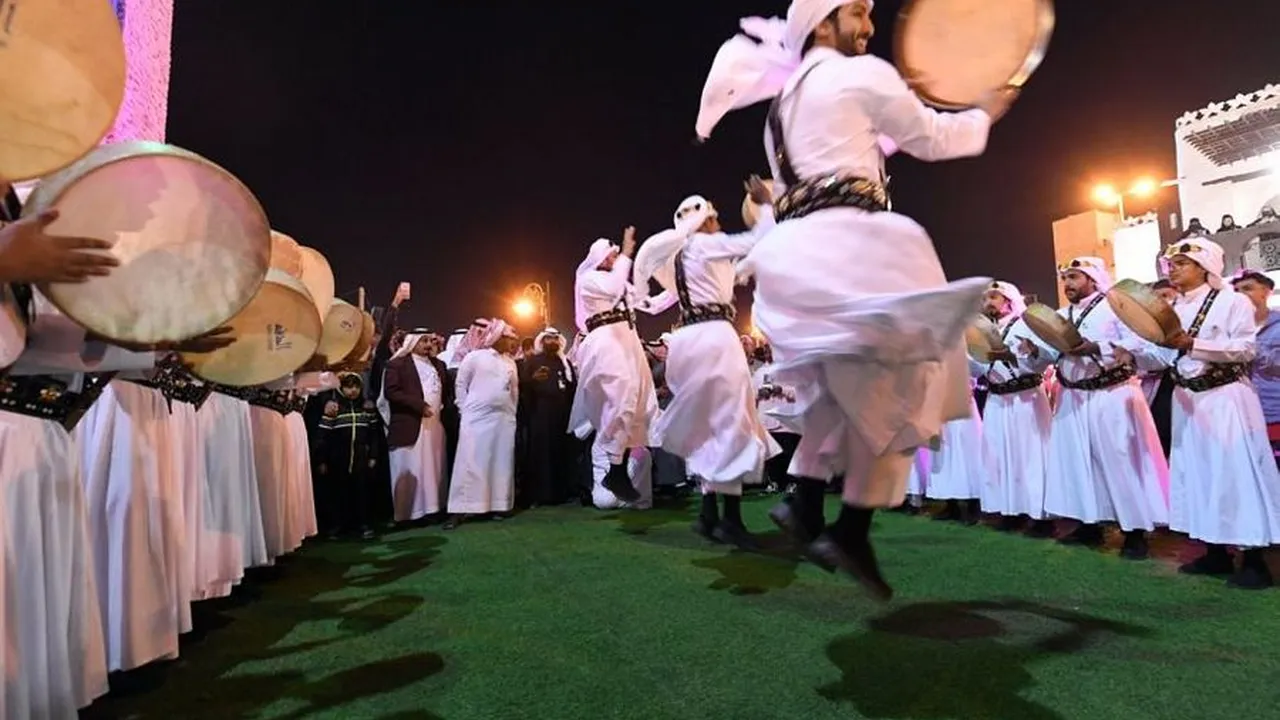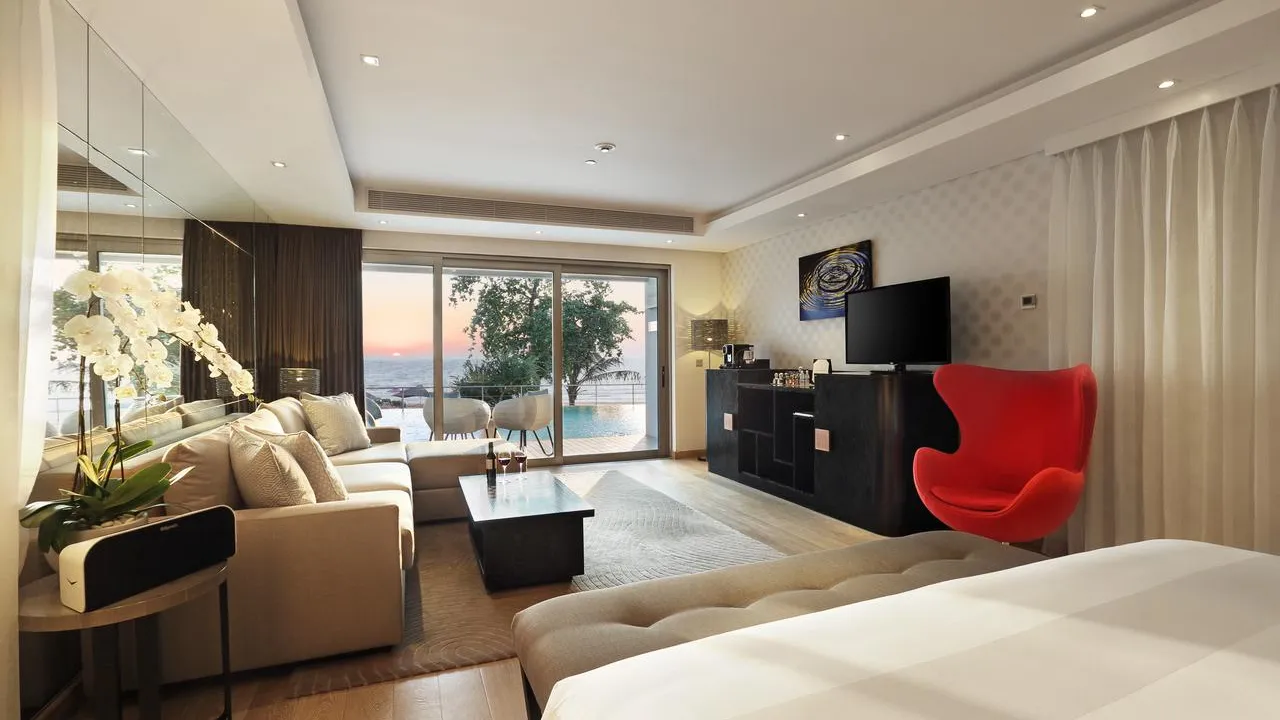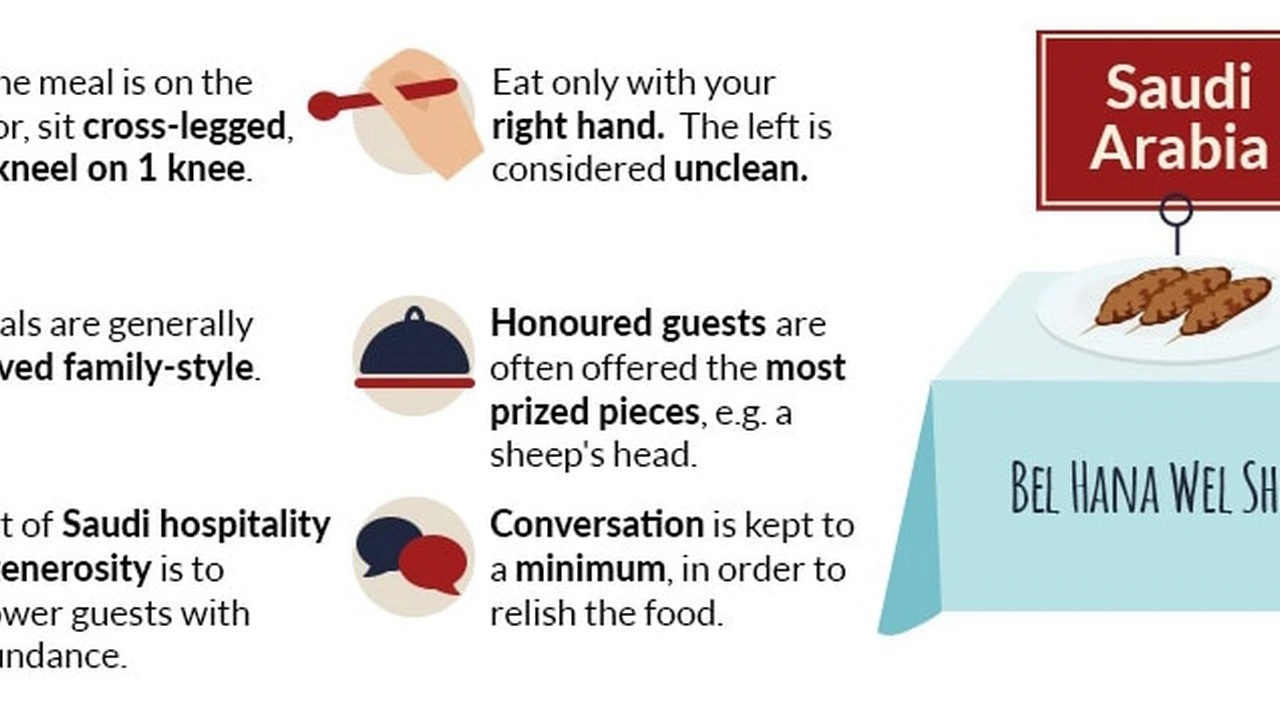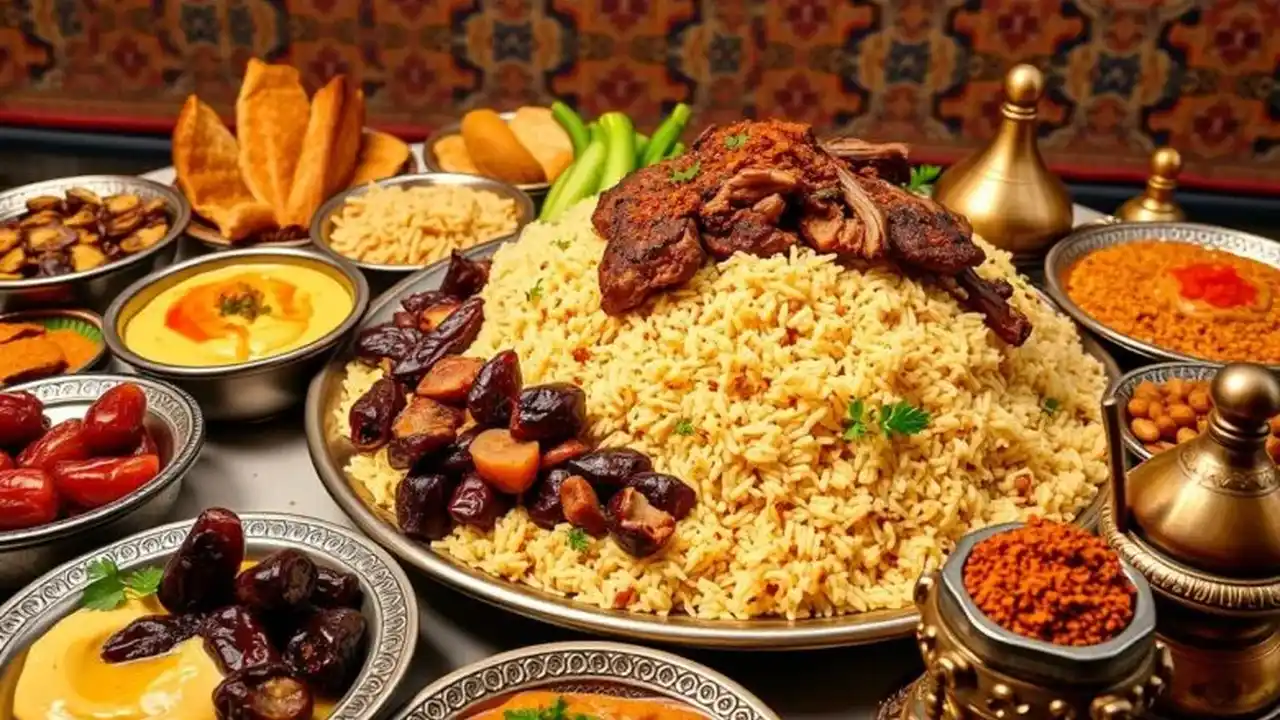
Saudi Arabia boasts a rich tapestry of cultural traditions, and its traditional crafts are a vibrant expression of this heritage. From intricate weaving and pottery to elaborate jewelry and woodwork, these crafts offer a glimpse into the kingdom's history, values, and artistic ingenuity. This exploration delves into the diverse world of Saudi Arabian crafts, examining their historical significance, techniques, regional variations, and contemporary relevance.
The Historical Significance of Saudi Arabian Crafts
For centuries, traditional crafts have played a vital role in the daily lives of Saudi Arabian communities. Before the advent of mass-produced goods, these crafts provided essential tools, clothing, and household items. They were also integral to trade, social customs, and religious practices. Many crafts were passed down through generations, preserving ancestral knowledge and skills.
The nomadic lifestyle of the Bedouin tribes significantly influenced the development of certain crafts. Weaving, for instance, was crucial for creating tents, carpets, and saddlebags, providing shelter and comfort in the harsh desert environment. Similarly, pottery was essential for storing water and food, while metalworking produced tools and weapons for survival.
Weaving A Tapestry of Tradition
Weaving is arguably one of the most prominent and culturally significant crafts in Saudi Arabia. Different regions boast unique weaving styles and techniques, reflecting local materials and artistic preferences. From intricate geometric patterns to stylized representations of animals and plants, Saudi Arabian textiles are a testament to the weavers' skill and creativity.
Al Sadu: Perhaps the most iconic form of Saudi Arabian weaving, Al Sadu is characterized by its bold geometric designs and vibrant colors. Traditionally practiced by Bedouin women, Al Sadu involves weaving camel, goat, or sheep wool into tents, carpets, cushions, and other household items. The patterns often incorporate symbolic motifs representing tribal identity, natural elements, and historical events.
Bisht Weaving: The Bisht, a traditional men's cloak worn on special occasions, is another example of exquisite Saudi Arabian weaving. Bishts are typically made from camel wool or cashmere and adorned with intricate gold or silver embroidery. The quality of the Bisht depends on the fineness of the wool and the complexity of the embroidery, with the most elaborate Bishts reserved for royalty and dignitaries.
Pottery Shaping the Landscape
Pottery has been an essential craft in Saudi Arabia for millennia, providing vessels for storing water, food, and other essential items. Archaeological evidence suggests that pottery production in the region dates back to the Neolithic period. Today, traditional pottery techniques are still practiced in many parts of the kingdom, although modern methods are also becoming increasingly prevalent.
Al-Ahsa Pottery: The Al-Ahsa region, known for its fertile oases, is a major center for traditional pottery production. Al-Ahsa pottery is characterized by its distinctive reddish-brown color, derived from the local clay. Common products include water jugs, cooking pots, and decorative items. The potters of Al-Ahsa often use simple hand-building techniques, creating unique and functional pieces.
Jeddah Pottery: Jeddah, a coastal city with a long history of trade, has its own distinct pottery tradition. Jeddah pottery often features intricate geometric designs and vibrant colors, reflecting the city's multicultural influences. In addition to traditional forms, Jeddah potters also produce contemporary designs, catering to the tastes of modern consumers.
Jewelry Adorning the Body and Soul
Jewelry has always been an integral part of Saudi Arabian culture, serving as a form of adornment, status symbol, and investment. Traditional Saudi Arabian jewelry is characterized by its bold designs, intricate craftsmanship, and use of precious metals and gemstones. Different regions have their own unique styles and techniques, reflecting local traditions and artistic preferences.
Bedouin Jewelry: Bedouin jewelry is often characterized by its simplicity and practicality. Silver is the most commonly used metal, and designs often incorporate geometric patterns, beads, and coins. Bedouin jewelry is not only worn for adornment but also as a form of portable wealth and insurance against hard times.
Gold Jewelry of the Cities: In the urban centers of Saudi Arabia, gold jewelry is more prevalent. Gold jewelry often features intricate filigree work, elaborate gemstone settings, and symbolic motifs. It is commonly worn at weddings, festivals, and other special occasions, signifying wealth and status.
Woodwork Carving Out a Niche
Woodwork, while not as widespread as weaving or pottery, also plays a significant role in Saudi Arabian crafts. Wood is used to create a variety of items, including doors, windows, furniture, and decorative objects. Traditional Saudi Arabian woodwork is characterized by its intricate carvings, geometric patterns, and use of local wood species.
Doors and Windows: Elaborately carved wooden doors and windows are a common sight in traditional Saudi Arabian architecture. These doors and windows often feature intricate geometric patterns, floral motifs, and Arabic calligraphy. They are not only functional but also serve as a decorative element, adding beauty and character to buildings.
Furniture and Decorative Objects: Wood is also used to create furniture and decorative objects, such as chests, tables, and prayer beads. These items are often adorned with intricate carvings and inlaid with mother-of-pearl or other decorative materials. They are valued for their craftsmanship and aesthetic appeal.
Contemporary Relevance and the Future of Saudi Arabian Crafts
While mass-produced goods have largely replaced traditional crafts in everyday life, these crafts continue to hold cultural significance and artistic value. Efforts are being made to preserve and promote Saudi Arabian crafts, recognizing their importance as a vital part of the kingdom's heritage.
Government Initiatives: The Saudi Arabian government has launched several initiatives to support traditional crafts, including providing training programs, establishing craft centers, and promoting craft products in local and international markets. These initiatives aim to ensure the survival of these crafts and provide economic opportunities for artisans.
Tourism and Souvenirs: The growing tourism industry in Saudi Arabia has created a demand for traditional crafts as souvenirs. Tourists are eager to purchase authentic Saudi Arabian crafts, supporting local artisans and contributing to the preservation of these traditions. This demand provides a valuable incentive for artisans to continue practicing their craft.
Modern Interpretations: Many contemporary Saudi Arabian artists and designers are incorporating traditional craft techniques and motifs into their work. This fusion of tradition and modernity is creating innovative and exciting new designs, ensuring that Saudi Arabian crafts remain relevant in the 21st century.
Products Recommendations Based on Traditional Crafts
Beyond their cultural significance, Saudi Arabian crafts also offer unique opportunities for product development and innovation. Here are some product recommendations based on traditional crafts, along with their use cases, comparisons, and detailed information:
Al Sadu Inspired Rugs and Textiles
Product: High-quality rugs and textiles featuring Al Sadu patterns.
Use Cases: Home décor, office spaces, hotels, and cultural centers.
Product Comparison: Compared to mass-produced rugs, Al Sadu inspired rugs offer a unique cultural aesthetic and handcrafted feel. They are also more durable and sustainable due to the use of natural materials.
Detailed Information:
- Materials: Camel wool, goat wool, or sheep wool.
- Designs: Geometric patterns, tribal motifs, and stylized representations of animals and plants.
- Sizes: Available in various sizes to suit different needs.
- Pricing: Prices range from $500 to $5000 depending on the size, materials, and complexity of the design.
- Where to Buy: Online retailers specializing in handcrafted rugs, craft centers in Saudi Arabia, and select department stores.
Al-Ahsa Pottery Planters and Tableware
Product: Decorative planters and tableware made using traditional Al-Ahsa pottery techniques.
Use Cases: Home décor, restaurants, cafes, and gardens.
Product Comparison: Compared to mass-produced ceramic planters and tableware, Al-Ahsa pottery offers a rustic charm and unique character. The reddish-brown color of the clay adds warmth and earthiness to any setting.
Detailed Information:
- Materials: Local Al-Ahsa clay.
- Designs: Simple and functional shapes with minimal decoration.
- Sizes: Available in various sizes to suit different needs.
- Pricing: Prices range from $50 to $500 depending on the size and complexity of the design.
- Where to Buy: Craft centers in Al-Ahsa, online retailers specializing in handmade pottery, and select home décor stores.
Bedouin Inspired Silver Jewelry
Product: Handcrafted silver jewelry featuring Bedouin designs.
Use Cases: Fashion accessories, gifts, and cultural events.
Product Comparison: Compared to mass-produced silver jewelry, Bedouin inspired jewelry offers a unique cultural aesthetic and handcrafted feel. The simple designs and use of silver make it a versatile and timeless accessory.
Detailed Information:
- Materials: Silver, beads, and coins.
- Designs: Geometric patterns, tribal motifs, and symbolic representations of nature.
- Sizes: Available in various sizes to suit different needs.
- Pricing: Prices range from $100 to $1000 depending on the materials and complexity of the design.
- Where to Buy: Craft centers in Saudi Arabia, online retailers specializing in handcrafted jewelry, and select jewelry stores.
Carved Wooden Boxes and Decorative Panels
Product: Intricately carved wooden boxes and decorative panels inspired by traditional Saudi Arabian woodwork.
Use Cases: Home décor, office spaces, and cultural centers.
Product Comparison: Compared to mass-produced wooden boxes and panels, these handcrafted items offer a unique cultural aesthetic and artistic value. The intricate carvings and use of local wood species add warmth and character to any space.
Detailed Information:
- Materials: Local wood species, such as acacia and juniper.
- Designs: Geometric patterns, floral motifs, and Arabic calligraphy.
- Sizes: Available in various sizes to suit different needs.
- Pricing: Prices range from $200 to $2000 depending on the size, materials, and complexity of the design.
- Where to Buy: Craft centers in Saudi Arabia, online retailers specializing in handcrafted woodwork, and select home décor stores.
Exploring the Regional Variations in Saudi Arabian Crafts
Saudi Arabia's diverse geography and cultural heritage have resulted in significant regional variations in its traditional crafts. Each region boasts its own unique styles, techniques, and materials, reflecting local traditions and artistic preferences.
Najd: The central region of Saudi Arabia, Najd, is known for its traditional architecture, which often features intricate woodwork and mud-brick construction. Najdi crafts include woven carpets, embroidered textiles, and carved wooden doors.
Hejaz: The western region of Saudi Arabia, Hejaz, is home to the holy cities of Mecca and Medina. Hejazi crafts include intricate gold jewelry, woven prayer rugs, and carved wooden screens.
Eastern Province: The eastern region of Saudi Arabia, known for its oil reserves, is also home to a thriving pearl diving industry. Eastern Province crafts include pearl jewelry, woven baskets, and pottery.
Southern Region: The southern region of Saudi Arabia, known for its mountainous terrain and lush vegetation, is home to a variety of unique crafts. Southern region crafts include woven textiles, silver jewelry, and carved wooden tools.
The Enduring Appeal of Saudi Arabian Crafts
Despite the challenges posed by globalization and mass production, Saudi Arabian crafts continue to thrive. Their enduring appeal lies in their cultural significance, artistic value, and unique character. By supporting local artisans and preserving these traditions, we can ensure that Saudi Arabian crafts continue to enrich our lives for generations to come.
The beauty and intricacy of these crafts speak volumes about the ingenuity and creativity of the Saudi Arabian people. From the vibrant colors of Al Sadu weaving to the delicate filigree work of gold jewelry, each craft tells a story of tradition, resilience, and artistic expression. As we appreciate and support these crafts, we are not only preserving a vital part of Saudi Arabia's heritage but also celebrating the universal human spirit of creativity and craftsmanship.
:max_bytes(150000):strip_icc()/277019-baked-pork-chops-with-cream-of-mushroom-soup-DDMFS-beauty-4x3-BG-7505-5762b731cf30447d9cbbbbbf387beafa.jpg)






